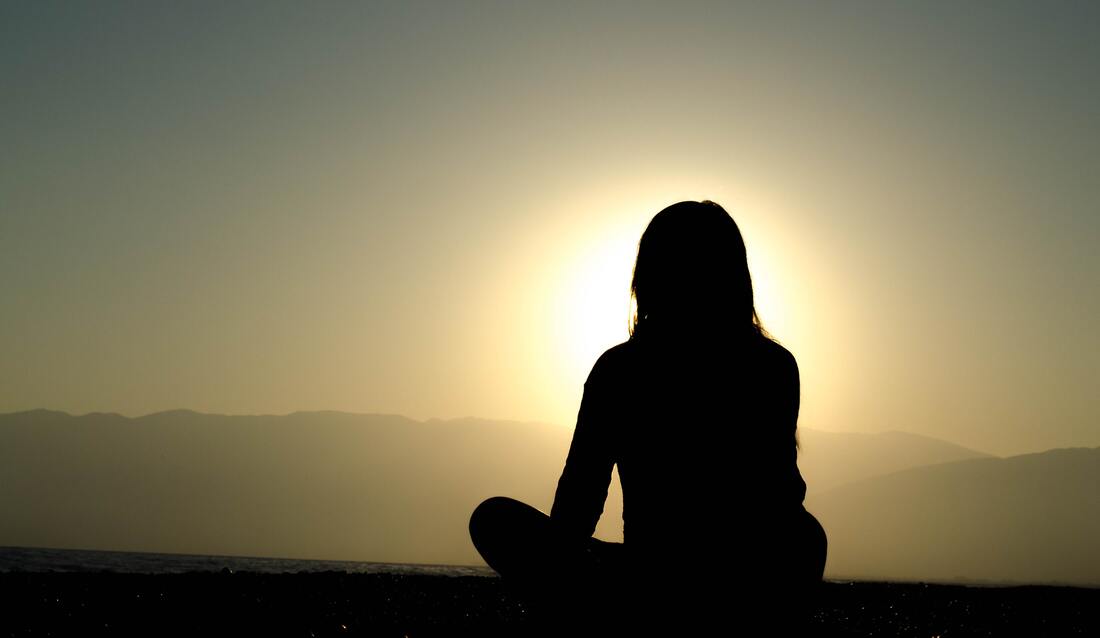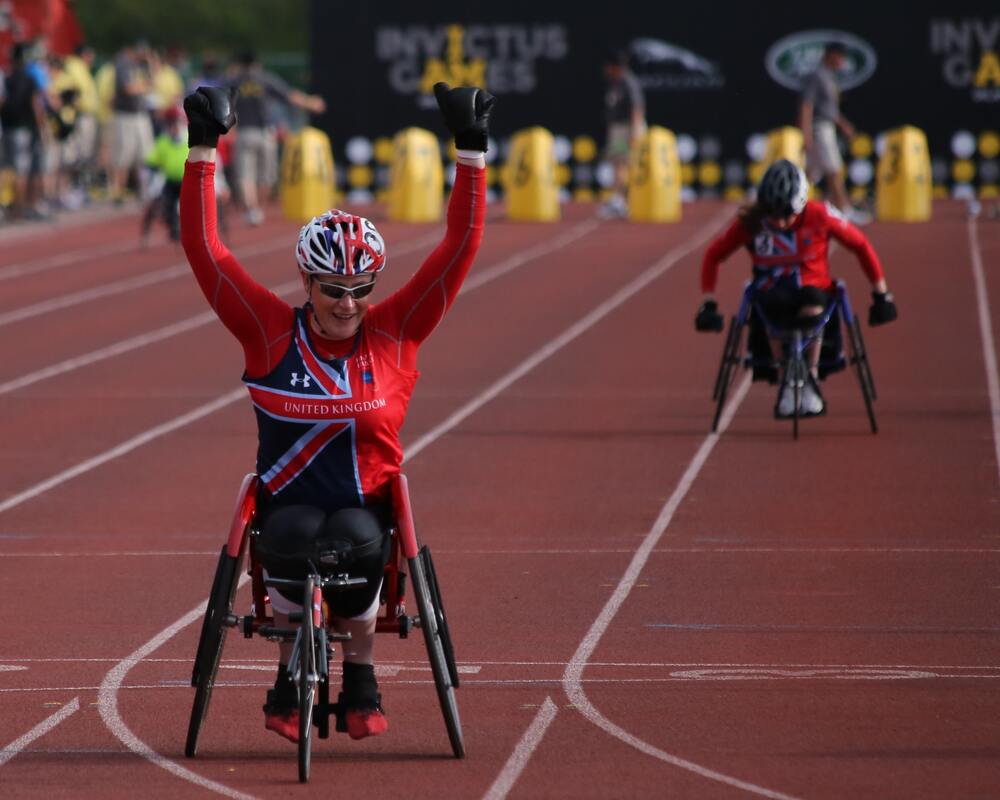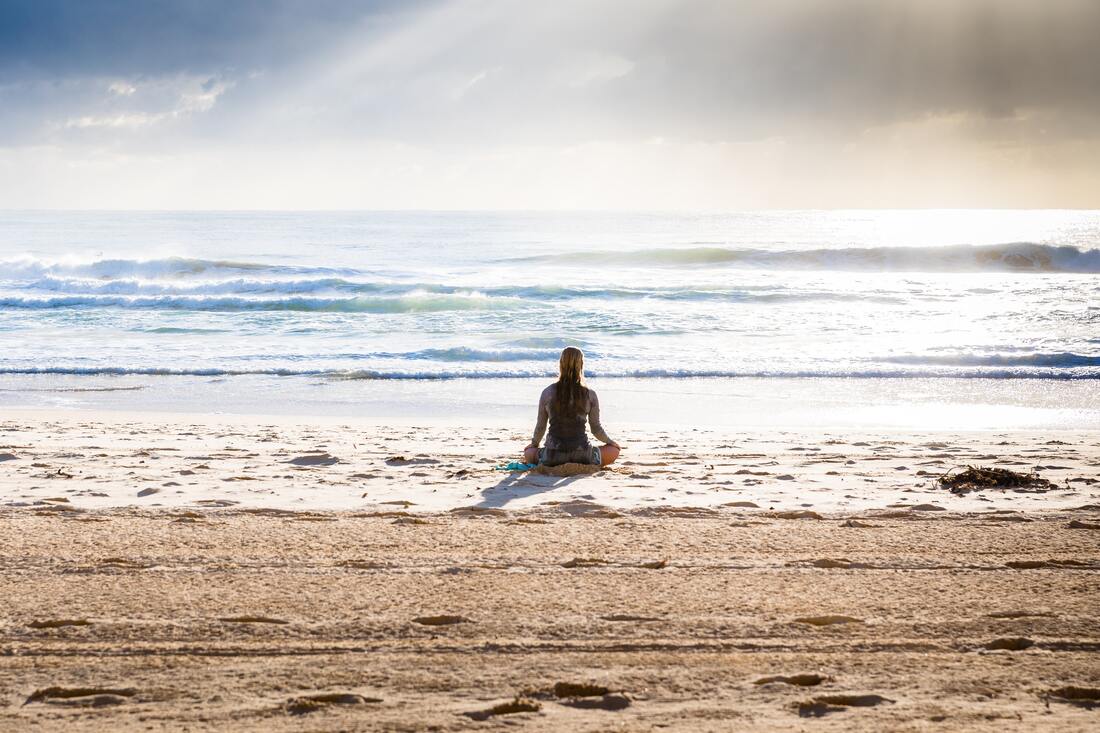aUTHENTIC HEALTH IN THE 21ST CENTURY
Revised Addition. April 2020. By Sharon Tomczyk
A welcome and introduction from the author. April 2020
I give you VividLiving.
|
To any of you who have found your way to this page, a most heartfelt welcome. We find ourselves in a time when many are feeling a loss of control around their health and their lives in general. In response to that, I am pleased to be able to share this freshly-revised version of my full book, VividLiving. Authentic Health in the 21st Century. Originally published in 2009, I feel the information, ideas, and inspiration in this book is perhaps even more relevant today as it was when first written.
It will be released in blog format, as I find this is the easiest for me to navigate at this time. I will continue posting new sections as I have time to update and prepare them for the blog. Please keep checking back every few days to see the next section. I welcome your comments and reflections, as it’s wonderful to keep the dialogue alive during this time of reduced social interaction and unprecedented change. NOTE: Blogs are posted most recent blog first. To read the book from the beginning check out the categories bar below and click on the section you would like to read. This book begins with Introduction. |













 RSS Feed
RSS Feed